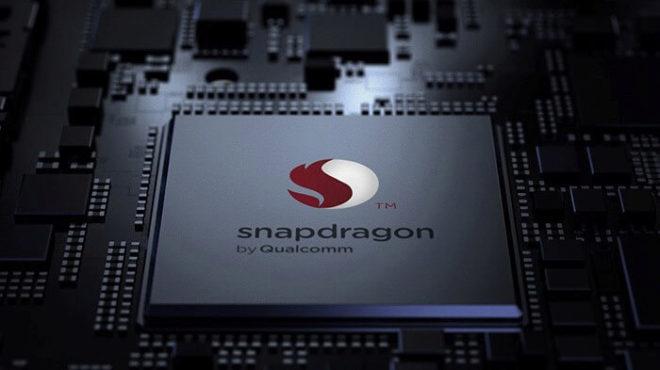samsung
Time: globisoftware
On: Dec/11/2022
Category: Huawei iphone samsung Digital life
Tags: Do all Samsung Rugby 4 phones work in AT&T?
In some aspects, mobile telephony is very similar to traditional computer science.A clear example: although there are many computers brands, most usually use processors made by a single company, Intel.In mobile telephony there are also dozens of brands but most often most end up resorting to the same processors, manufactured by the American company Qualcomm.
And Qualcomm has just presented precisely what will be the star of its catalog in 2019, Snapdragon 855.This processor will be the one that accompanies many of the most powerful phones that we will see next year, a chip that will sneak into the bowels of Samsung's smartphones, Huawei, Sony Mobile or LG.
The Snapdragon 855 processor promises to save on energy consumption and duplic.It will allow the on -screen games to have more resolution and more colorful graphics and that the phones consume less during its operation and will also open the door to better mobile photography applications with new capture and image treatment techniques.
5G head
But the really important thing about 855, as explained Qualcomm, is that it will be the processor responsible for taking mobile telephony to fifth generation networks.

Although this component is usually thought of as a processor, it is actually much more.The small pill, the size of a seal, also includes, for example, the modem that are responsible for "talking" with nearby telephony antennas, and 855 will be the first capable of speaking natively with several of the 5g standardsthat will start operating next year.
5G will involve a relief for overloaded current telephone networks.They will allow more people to connect to the same antennas, for example, relieveing congestion in concerts, stages or large urban centers.The speed at which the data is transmitted will increase, also.
But the most interesting thing is that it will drastically reduce latency, that is, the time it takes for the signal to travel from an origin to its destination.This will allow mobile connections to begin to be used in all types of new commercial and industrial applications, such as real -time entertainment, remote driving or control of the various systems that make up a factory or intelligent city.
Verizon y AT&T, dos grandes operadoras estadounidenses, comenzarán a ofrecer en 2019 las primeras conexiones comerciales en fase de pruebas.In Spain operators such as Vodafone or Movistar have also begun to deploy the first networks and pilot tests.
Sensors that leave their mark
Next to the new chip and the 5G networks deployment plans, Qualcomm also announced new sensors that telephone manufacturers can incorporate into their phones.One, especially, attracts attention.
Qualcomm has created the first ultrasonic fingerprint reader that can be installed under the phone screen.This sensor emits ultrasound with which it is possible to obtain an image with relief from the user's fingerprint, and compare it with the one registered as belonging to the owner.Thanks to him, it will be possible to dedicate the entire front of the phone to the screen, eliminating the frames.
Some phones released this year to the market, such as the Huawei Mate20 Pro, already include fingerprint sensors under the screen, but limit the screen technology that the devices can use and do not have the same level of precision that will be possible to reach with the technologyUltrasonic.The rumors suggest that the first mobile that will use it will be the Samsung Galaxy S10, which should go to the market in the first half of 2019.
According to the criteria of
The Trust ProjectSaber más